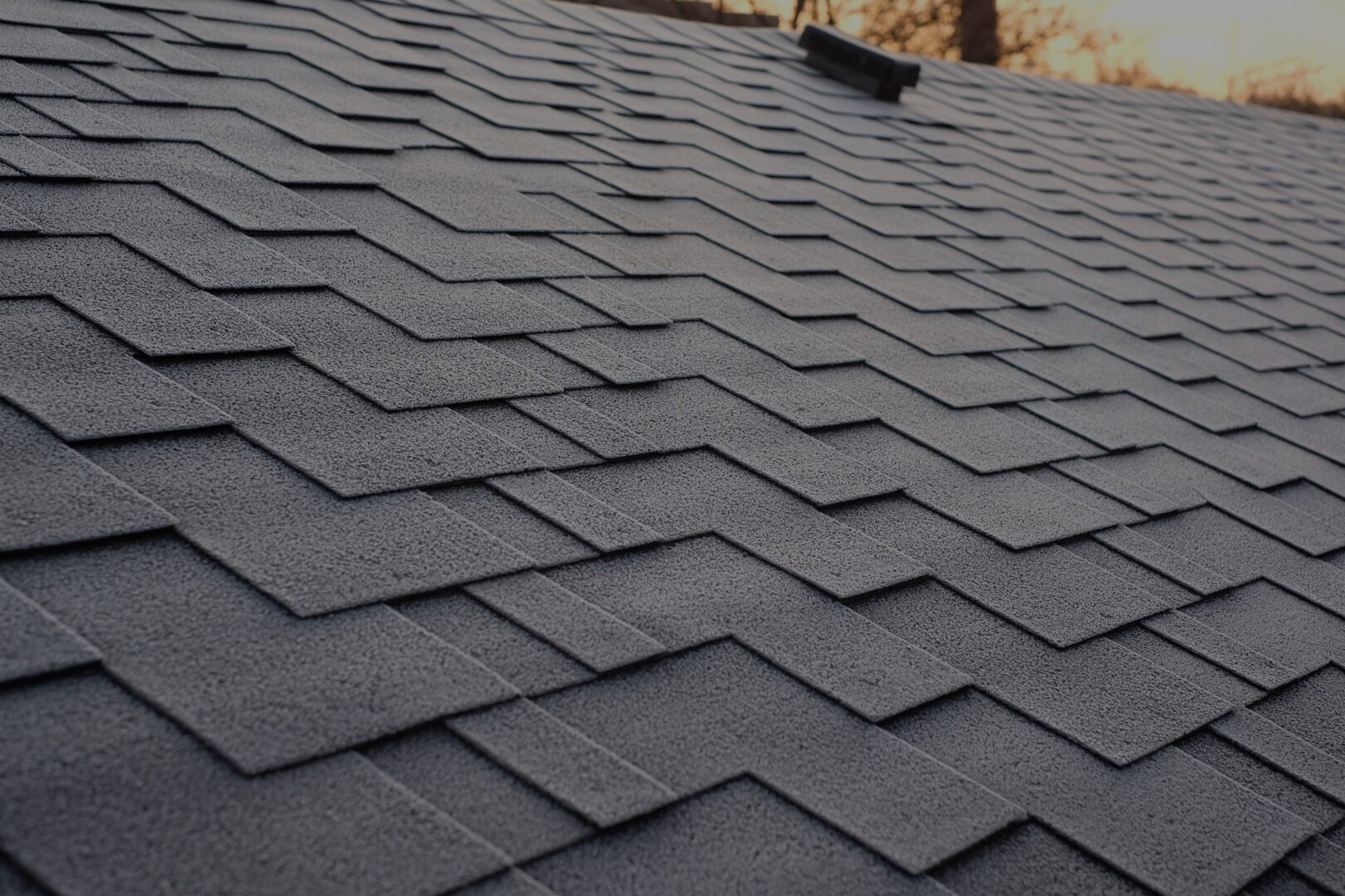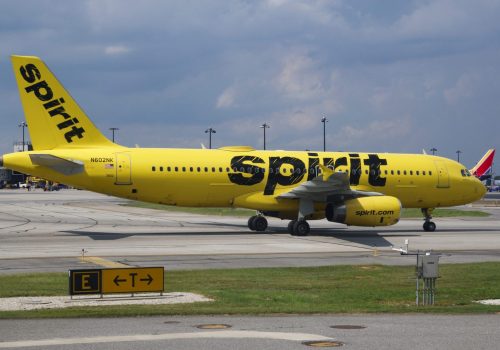
A flat roof will run you between $3,326 to $11,528, making it about 15% cheaper than pitched roofs for similar homes. Got a small 1,000-square-foot place? Budget around $3,300–$7,400. Own a standard 2,000-square-foot two-story? You’ll likely pay $6,600–$14,800.
Material choice hits your wallet hardest. Metal roofs might last 50+ years but cost more upfront than TPO or EPDM. Your zip code matters too — labor rates swing wildly between areas.
Flat roofs aren’t just cheaper — they’re easier to check and fix, plus you can use them as outdoor space. Just don’t skimp on installation. These roofs need proper drainage to avoid water puddles and leaks. With good care, expect 15–30 years from most flat roofs. Keep an eye out for repeat leaks, sagging spots, or lots of cracks — all signs you need a replacement.
We built this cost breakdown using info from actual roofing contractors and construction databases. Our aim? Helping you know exactly what you’ll shell out for your specific roof.

Asphalt Roof Installation
In general, you can expect to pay between $6,600 and $19,500 and is the most popular roofing choice for most homeowners.

Metal Roof Installation
In general, you can expect to pay between $8,000 and $20,000 but last more than twice as long as asphalt shingles on average.

Slate Roof Installation
In general, you can expect to pay between $20,000 and $30,000 but can last over 100 years due to it’s superior durability.
Highlights
- You can expect to pay around $4–$15 per square foot for a flat roof replacement.
- There’s a variety of roofing materials for flat roofs that impact the total cost you’ll pay.
- Replacing or installing a flat roof is not a DIY task—we definitely reccomend hiring a pro.
What Is the Cost of a Flat Roof Installation?
A new flat roof costs between $4 and $15 per square foot. This cost includes labor hours, overhead, and materials. Therefore, you can expect to pay $6,800 to $12,798 to replace a 1,700-square-foot flat roof, which is the typical size of a roof in the U.S.
Because of the wide variety of materials available, this price can fluctuate tremendously, ranging from as low as $4 to over $15 per square foot. Here is a more in-depth breakdown of the national average cost of flat roofs based on home size:
| Home Size (In Square Feet) | Price Range | Average Cost |
| 600–800 | $1,995–$6,916 | $4,455 |
| 1,000 | $3,326–$11,528 | $7,403 |
| 1,500 | $4,989–$17,292 | $11,104 |
| 2,000 | $6,652–$23,056 | $14,806 |
| 2,500 | $8,315–$28,820 | $18,507 |
| 3,000 | $9,978–$34,584 | $22,209 |
| 3,500–4,000 | $11,641–$40,348 | $25,910 |
We retrieve cost data from RSMeans, a project estimator for contractors and home improvement experts. The average costs listed in this article include materials and labor fees.
What Is the Cost of a Flat Roof by Type?
Material type is one of the key pricing factors in any roofing project. Each material has its baseline price, and some are more difficult to install or require unique skill sets, resulting in higher rates for labor costs. Below we outline the most common flat roofing materials on the market, their total price, and their pros and cons.
| Roof Material | Total (Per Square Foot) | Project Total (For a Roof That’s 1,700 Square Feet) |
| Fiberglass | $4.00–$6.00 | $6,800–$10,200 |
| EPDM | $5.00–$13.00 | $8,500–$22,100 |
| Metal | $4.50–$15.00 | $7,650–$25,500 |
| PVC | $4.00–$14.00 | $6,800–$23,800 |
| TPO | $4.00–$14.00 | $6,800–$23,800 |
| Built-up Tar (BUR) | $4.00–$10.00 | $6,800–$17,000 |
| Modified Bitumen | $4.00–$8.00 | $6,800–$13,600 |
Fiberglass or Glass Reinforced Plastic (GRP)
Fiberglass is an excellent middle-of-the-road option. It’s lightweight, waterproof, and less expensive than traditional roofing materials, with a relatively long life span of 20 to 50 years. Its material cost is extremely low, typically only $1 to $3 per square foot, but its installation cost is usually at least twice that.
The only major downside to fiberglass is that it requires more maintenance than other flat roofing materials. Since it’s composed of glass-based sheets, it’s fragile, doesn’t stand up well to impact, and requires recurring roof inspections (check out our article to learn everything about roof inspection).
For more information about this material, read our full breakdown of fiberglass shingles costs.
Metal
Metal is a standard flat roofing material frequently used for residential and commercial buildings. Numerous metal roofs are available, with a wide range of associated costs. The most common material for metal flat roofs is aluminum, which typically runs from $4.50 to over $8 per square foot. However, some materials, like steel, can go as high as $15, and luxury metal roofs, like copper, can go up to $35.
Flat metal roofs are prized for their durability, water and fire resistance, low maintenance, and moderately low cost. These roofs also have a long life span, ranging from 30 to 50 years, with proper care.
Ethylene Propylene Diene Monomer (EPDM)
EPDM is one of the most popular rubber roofing materials on the market. It’s a synthetic rubber membrane that is highly durable, heat resistant, waterproof, and low maintenance. Some variations are energy-efficient, reflecting sunlight and trapping heat, allowing you to save on energy bills. EPDM has a low material cost, only around $2 to $3 per square foot, but labor and overhead typically bring its total cost to $5 to $13.
EPDM’s life span will vary depending on your location. Northern states, with less sun and more moisture, tend to have EPDM last longer, potentially 30 to 50 years, but warmer, dry climates can expect between 15 to 20 years.
PVC
Polyvinyl chloride, or PVC, is a synthetic plastic used to create many items, including pipes, fasteners, and roofing materials. In roofing, PVC takes the form of a single-layer, rollable membrane. It’s more commonly used on commercial buildings but still frequently sees use in residential projects. It’s heat resistant, waterproof, energy-efficient, easy to install, and inexpensive.
PVC’s material cost is only around $2.60 per square foot, but labor and overhead bring this number to $4–$14 per square foot. While PVC has one of the most consistently low prices for roofing materials, it doesn’t last as long, with a shelf life of only 15 to 30 years. Some homeowners report their roofs lasting longer, but these are usually under ideal conditions with constant upkeep.
Thermoplastic Polyolefin (TPO)
The last of our synthetic options is Thermoplastic Polyolefin or TPO. Like PVC and EPDM, it’s a single-ply membrane, synthetic sheet that is rolled on. It’s efficient, waterproof, long-lasting, fire-resistant, and durable. However, unlike other entries on this list, it’s created from recycled materials and is typically recycled when replaced, making it an eco-friendly alternative.
TPO has a moderate lifespan of 20 to 30 years, but some homeowners have reported longer with good upkeep. Its price is on the lower end at $4–$14 per square foot, a remarkably low price point for its lifespan.
Built-up Tar (BUR) and Modified Bitumen
Built-up roofs and modified bitumen roofs use layers of synthetic materials (typically felt), gravel, and tar to create a strong waterproof coating. They’re highly fire-resistant, water-resistant, and durable while requiring little maintenance. Modified bitumen is the more modern of these two roofs and sees residential use, but some companies still go with BUR.
Unfortunately, these roofs don’t last long, with most having a 10 to 20-year life span. These roofs are priced at around $4 to $10 per square foot.
Read also: Tin roof average cost
Today’s Homeowner Tip
Remember that most roofing materials are sold in squares or bundles (packages with enough contents to cover 100 square feet), but flat roofs differ. Metal roofs, for example, are sold in sheets, while products like PVC, EPM, and TPO are all sold in large rolls.
Which Factors Impact How Much a Flat Roof Costs?
Square footage and materials are the two primary cost determiners of any roofing project. However, numerous other factors can impact your bill’s total. For flat roofs, removing the old materials, add-ons, repairs, and required permits can add a surprising amount to your final price tag.
Old Roof Removal
If you’re replacing your existing roof, it must be properly removed and disposed of to make room for the new one. Thankfully, most contracting companies can take care of that for around $1 to $5 per square foot. As a result, you can add $1,700 to $8,500 to your final bill for a moderately sized roof. Remember that this price can vary depending on your area and local waste disposal laws.
Add-ons and Repair Costs
Sometimes, roofing companies may come across damaged roof sections during a replacement. When this happens, they typically contact the homeowner, get permission to make repairs, then generate an updated quote that includes the additional service costs.
Additionally, many homeowners opt to make additions or updates to their roofing systems during replacements, like repairing their gutters, attic, and drainage system or adding a skylight.
Here are some of the most common additions and repairs homeowners may come across and their associated costs:
- Repairing or replacing flashing: $10–$27 per linear foot
- Roof sealing: $1–$4 per square foot
- Gutter repair or replacement: $1,000–$7,000
- Adding a skylight: $900–$2,500
- Repairing a chimney: $150–$1,000
Read more: The Best Gutter Guards for Flat Roofs of 2023
Permits
You’ll need to acquire a permit for any major home renovation or repair, like installing new plumbing, a roof, or undergoing major electrical work. Thankfully, most contractors handle acquiring permits for you, but in doing so, they’ll add a permit fee to your quote. You can expect to pay between $150 to $500 for permit fees from a contracting company.
What Are the Benefits of Investing in a Flat Roof?
A flat roof brings several perks worth considering for your home:
You pocket savings during installation since flat roofs need less material and labor than pitched ones. A flat roof covers roughly 13% less area than a pitched roof on the same house, slashing your material and labor costs.
Ever tried walking on a steep roof? Flat roofs let you or your contractor move around safely, making checkups and fixes way easier. This means catching small issues before they turn into budget-busting problems.
Want bonus space? A properly built flat roof turns into an outdoor hangout, garden spot, or solar panel base. It’s like adding square footage without expanding your foundation.
Living somewhere hot? Many flat roof materials actually cut cooling bills. Light-colored or reflective surfaces like TPO bounce away heat instead of soaking it up. During July and August, you’ll feel the difference inside and on your electric bill.
Professional Vs. DIY Flat Roofing Cost
Hire pros for new roof installs or replacements. Sure, flat roofs beat pitched ones for walkability, but installing them right takes know-how and specific skills. Bad installations cause poor drainage, standing water, leaks, and maybe thousands in water damage to your walls, insulation, and ceilings.
Doing a Flat Roof Installation Yourself
Most homeowners shouldn’t tackle full roof installations, though minor repairs might work if you’ve got construction experience. Even small mistakes with waterproofing can lead to water damage, mold, and structural headaches that cost way more than hiring a pro from the start.
If you’re dead set on handling small flat roof repairs:
- Bring a helper to watch your back
- Use safety gear even on flat surfaces
- Skip rainy, windy, or freezing days
- Check local building rules and permits
- Buy materials meant for DIY projects
- Follow instructions to the letter
- Keep drainage paths clear during and after fixes
Today’s Homeowner Tip
For DIY repairs, stick with easy-to-handle materials without nasty chemicals. Skip fiberglass, BUR, and metal roofing — they need special skills or involve dangerous stuff. EPDM rubber makes the most sense for homeowner fixes. Just remember: mistakes can kill your warranty and lead to costly problems later.
Hiring a Professional for a Flat Roof Installation
A roof is a lynchpin structure; if any part fails, it can damage other parts. As such, picking the right roofer for your next installation is critical for the long-term well-being of your home. If you’ve never hired a roofing contractor before, this process can be intimidating; but by following these simple steps to finding a professional roofer, you can find the right pro for your next flat roof installation:
- Find local experts near you: Begin by looking for the most reputable local roofing contractors; check their customer reviews, Better Business Bureau rankings, and state licenses before the next step.
- Get a quote from a few options: Once you’ve selected several, schedule a time to get in-person quotes from each one.
- Consult them about their recommendations: Be sure to speak with them about the job during the quote process; this lets you assess their customer service and get information about your project.
- Review quotes: Check the quotes you received, comparing their charges and overall prices.
- Select a final company: Once you’ve made a selection you’re comfortable with, it’s time to schedule an appointment for your new roof installation.
What Is Our Recommendation on Flat Roof Installation Costs?
For most homes, we recommend TPO or EPDM systems, which cost between $4–$14 per square foot installed and last 20–30 years when you properly install it. EPDM ($5–$13 per square foot) works better for smaller structures under 1,000 square feet, especially in cooler climates where its heat-absorbing black surface helps during winter. TPO ($4–$14 per square foot) makes more sense for larger homes over 1,500 square feet because it reflects heat and resists punctures better than EPDM.
Metal roofing runs $4.50–$15 per square foot and lasts an impressive 40–70 years, making it cost-effective despite the higher upfront cost. We generally avoid recommending fiberglass (despite lower initial costs) and built-up roofing systems, as single-ply membranes now offer better performance at similar prices. Remember that installation quality matters more than material choice — even premium materials fail early with poor installation, so always hire contractors experienced with your specific roof type.
FAQs About Flat Roof Installation
Are Flat Roofs Expensive?
Flat roofs cost less to install than pitched ones — figure $3,326 to $11,528 versus $5,000–$15,000 for pitched roofs on average-sized homes. You save because flat roofs use less material and take fewer work hours to put on. The long-term picture changes, though, since some flat roofing needs replacement sooner than quality pitched materials like architectural shingles.
You can get more value from your flat roof by using it as outdoor space, a garden area, or solar panel support. These practical uses often make up for any long-term cost differences when compared to pitched roofs, giving you more value for your investment.
What Is the Cheapest Flat Roof?
Fiberglass costs least at about $4–$6 per square foot installed, roughly 10–20% less than TPO or PVC systems. Built-up roofing (BUR) used to be the budget pick, but today’s installation costs make it less appealing at $4–$10 per square foot.
Don’t just look at the sticker price when hunting for an affordable roof. Think about how many years each dollar buys you. Many homeowners find TPO ($4–$14 per square foot) cheaper in the long run because it lasts 5–10 years longer than budget options, sparing you an early replacement.
What Is the Life Span of a Flat Roof?
Flat roof life varies by material — EPDM rubber lasts 10–25 years, while TPO and PVC serve 20–30 years before needing replacement. Metal flat roofs win the longevity contest at 40–70 years, with copper and zinc reaching the higher end.
Yearly pro inspections and quick fixes vastly extend roof life. Standing water ruins flat roofs faster than almost anything else, so good drainage remains the key to longevity, no matter what material covers your home.
Do Flat Roofs Have a Slope?
Despite the name, properly built flat roofs aren’t truly flat —they include a slight tilt of 1/4″ to 1/2″ per foot (1–2% grade) to help water run off. This gentle angle, called “low-slope” by pros, isn’t obvious to most people but prevents water from pooling.
Modern designs create drainage paths using tapered insulation or carefully placed drains to keep water moving. In rainy areas or snowy regions, roofers often recommend steeper slopes (up to 3/4″ per foot) to handle more water volume, especially on bigger roofs.






Leave a Reply